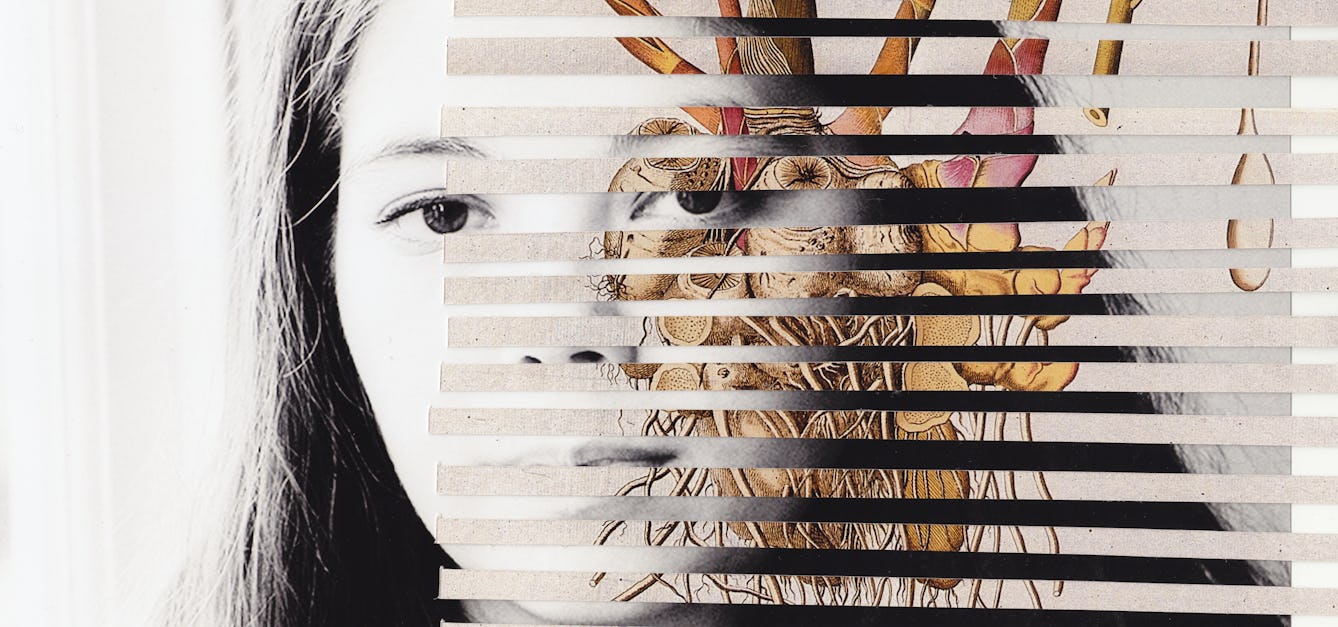Stories

- Article
Notes upon arrival
In an effort to feel at home back in the country of her birth, poet Bhanu Kapil recognises the small revelations of nature in a chilly UK spring as a way to reconnect.

- Article
Chasing spring
Isabella Kaminski reflects on a transformative journey that saw her cycle the length of the UK, tracking the first signs of spring. She explores what the changing seasons can tell us about ourselves and the climate crisis.

- Article
姜、蒜、葱 Ginger, garlic and spring onions
Nina Mingya Powles felt adrift in the UK, living thousands of miles from home. But nurturing familiar tastes and smells in her tiny balcony garden helped her roots begin to grow.
Catalogue
- Archives and manuscripts
Explorers Cuttings Book 7
The Wellcome Foundation LtdDate: 1935 - 1940Reference: WF/M/GB/35/04Part of: Wellcome Foundation Ltd
- Pictures
- Online
Marsh ludwigia plant (Ludwigia palustris): flowering stem with roots. Coloured lithograph by W. G. Smith, c. 1863, after himself.
Smith, Worthington George, 1835-1917.Date: [1863-1880]Reference: 24478i
- Pictures
- Online
Cornish moneywort or pennywort plant (Sibthorpia europaea): flowering and leafy stem. Coloured lithograph by W. G. Smith, c. 1863, after himself.
Smith, Worthington George, 1835-1917.Date: [1863-1880]Reference: 24394i
- Pictures
- Online
Wild or wood garlic (Allium ursinum): flower and leaves. Coloured lithograph by W. G. Smith, c. 1863, after himself.
Smith, Worthington George, 1835-1917.Date: [1863-1880]Reference: 24396i
- Pictures
- Online
Three plants, an anenome, a mercury and a crocus: entire flowering plants. Colour nature print, c. 1860.
Date: [c. 1860]Reference: 23662i
![Carthamus tinctorius L. Asteraceae. Safe Flower, False Saffron - Distribution: W. Asia. Dioscorides (in Beck, 2003) notes the seeds as a purgative, but also advises it made up with 30 figs, which must have helped. Gerard (1640) calls it Atractylis flore luteo the yellow distaffe thistle. and follows Dioscorides in its uses, but does get the reader confused with Cnicus benedictus, calling both plants 'wild bastard saffron'. Culpeper makes no mention of it in his early works, but later (1826) have the following: ‘Wild Saffon, or Saf-flower ... accounted a pretty strong cathartic [causing diarrhoea and vomiting], evacuating tough viscid phlegm, both upwards and downwards, and by that means is said to clear the lungs, and help the phthisic [now equated with tuberculosis]. It is likewise serviceable against the jaundice](https://iiif.wellcomecollection.org/image/B0008960/full/282%2C/0/default.jpg)








